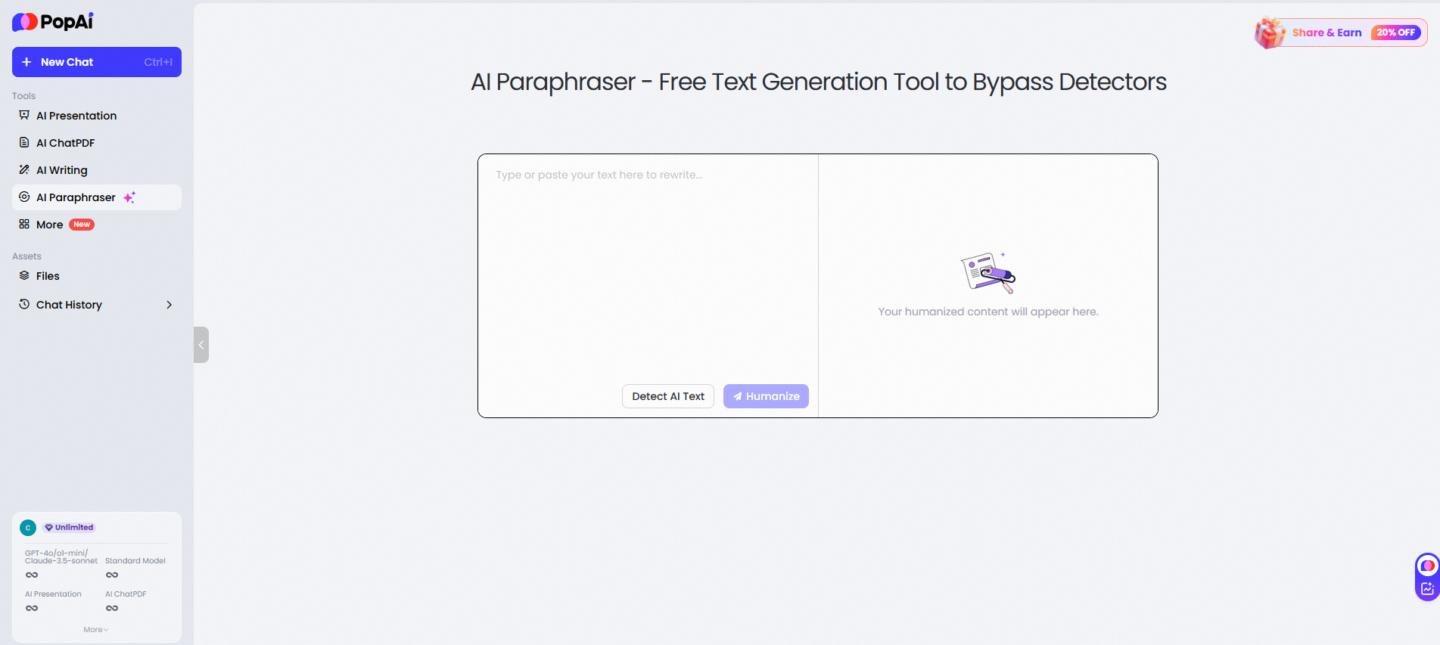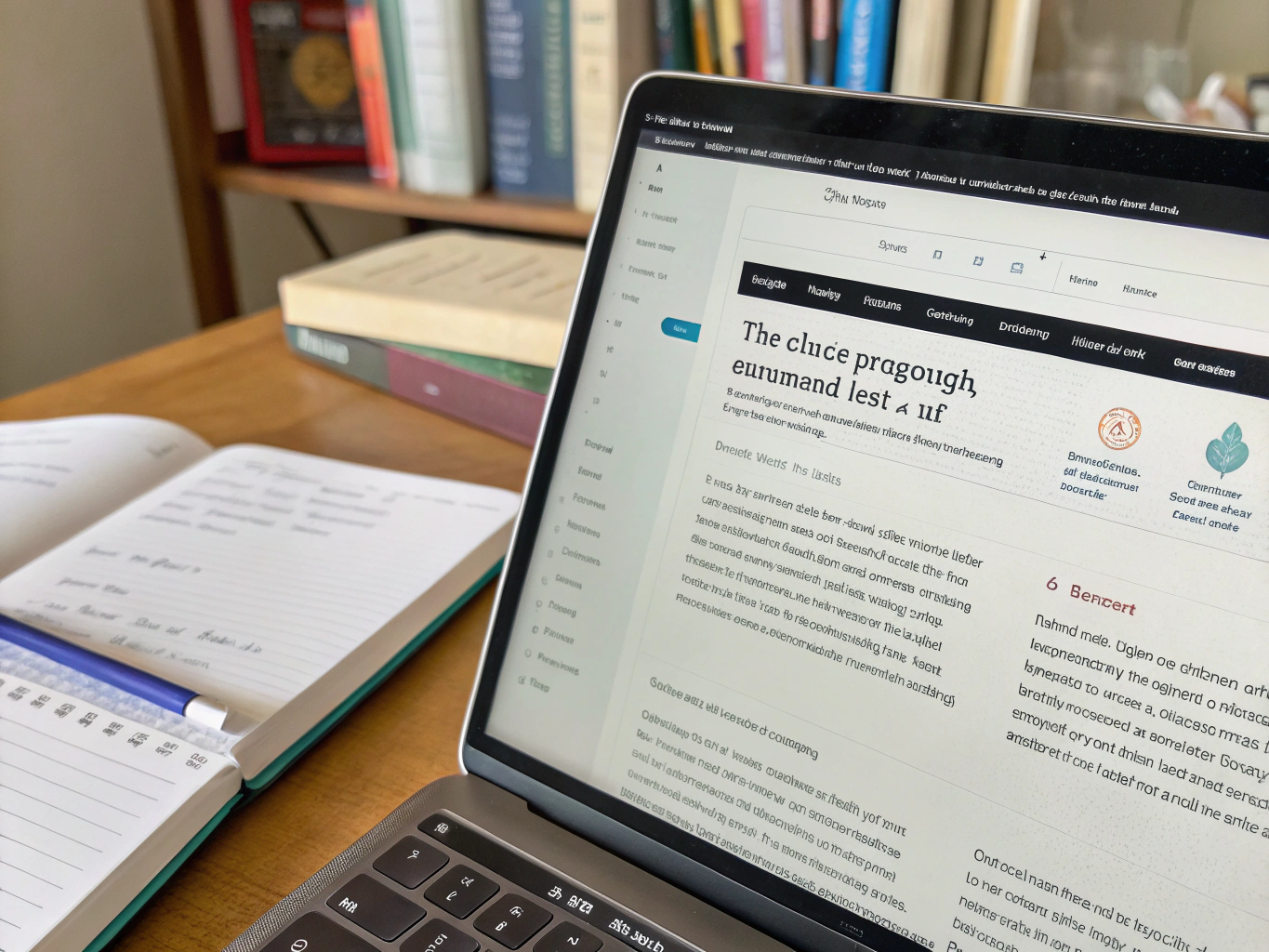1. Discuss the rise of AI writing tools and their impact on writing.

With the advent of advanced AI technologies, AI writing tools have seen a significant rise in popularity. These tools, leveraging sophisticated machine learning algorithms, have revolutionized the way individuals and businesses approach content creation. From drafting emails to generating complex reports, AI writing tools offer efficiency and consistency that manual writing struggles to match. This surge in AI-written content brings with it not only convenience but also challenges in maintaining the authenticity and unique voice that human writing conveys.
As more writers and companies turn to AI for content generation, the landscape of writing is changing. AI-generated content can produce well-structured and grammatically correct text at impressive speeds. However, this widespread adoption raises concerns about the loss of the personal touch, creativity, and emotional intelligence that human writers bring to the table. Consequently, distinguishing between human and AI writing has become a crucial skill to ensure that the richness and depth of human expression are not lost in a sea of algorithmically generated text.
2. Explain the common signs that indicate a paragraph might be AI-generated.
One of the most prominent signs that a paragraph might be AI-generated is an overly formulaic structure. AI writing tools often produce text that follows a rigid pattern, lacking the fluidity and variability seen in human writing. Sentences might be uniformly constructed with consistent syntax and predictable sequences, making the prose feel robotic and mechanical.
Another indicator is a lack of deep contextual understanding and nuanced insight. AI-generated content can struggle to capture complex emotions, cultural references, or intricate details that a human writer naturally integrates. This shortfall can result in text that feels shallow or generic, as the AI focuses on surface-level coherence and grammar rather than deeper meaning and engagement.
Repetitive language and phrasing are also common in AI writing. Algorithms can sometimes overuse specific words, phrases, or sentence structures, leading to content that feels monotonous. This repetition can be a clear giveaway that the text was generated by a machine, as human writers typically vary their vocabulary and sentence structures more dynamically.
Additionally, AI-generated text often lacks a distinct voice or personality. Whereas human writing can reflect individual style, tone, and idiosyncrasies, AI-produced paragraphs might come across as homogenized and impersonal. This uniformity can make it difficult to connect with the reader on a more personal level.
Finally, the presence of subtle but significant errors is another telltale sign. AI can sometimes misinterpret context, leading to slightly off-topic or inappropriate content. These subtle mistakes are often due to the inability of AI to fully grasp the nuances of human experience, making such text feel disjointed or contextually irrelevant.
3. Provide strategies for humanizing your writing to avoid sounding like AI.
To ensure that your writing maintains a distinct human touch and does not come across as AI-generated, consider incorporating the following strategies:
- Infuse Personal Experience: Personal anecdotes and experiences add a unique flavor to your writing that AI cannot replicate. By sharing your own stories and reflecting on personal insights, you create a connection with your readers that feels genuine and relatable.
- Embrace Emotional Expression: Human writers can convey emotions authentically. Use descriptive language to express feelings such as joy, sadness, excitement, or frustration. This emotional depth enriches your content and brings it closer to human experience.
- Vary Sentence Structure: Avoid a monotonous sentence pattern by mixing short, punchy sentences with longer, more complex ones. This variation helps to keep the reader engaged and makes the writing feel more dynamic and less mechanical.
- Use Colloquialisms and Slang: Including informal expressions, colloquialisms, and even slang can make your writing sound more conversational and less robotic. This approach helps to mirror the way people speak and interact in everyday situations.
- Highlight Cultural References and Humor: Incorporating humor and cultural references that are relevant to your audience can make your writing more engaging and personalized. AI often lacks the subtlety required to effectively use these elements in a meaningful way.
- Incorporate Poetic Devices: Techniques like metaphors, similes, and analogies can enrich your text. These devices provide depth and creativity, helping your writing to stand out as distinctly human.
- Showcase Your Unique Voice: Develop and maintain your unique writing style. Whether it’s a particular tone, pace, or choice of words, your individual voice is what distinguishes your writing from AI-generated text. Consistency in style can help establish a recognizable personal brand.
4. Introduce AI detection tools and how to use them effectively.
In the quest to distinguish between human and AI-generated writing, several AI detection tools have emerged, providing users with a means to scrutinize their text for artificial qualities. These tools leverage sophisticated algorithms to analyze various elements of the writing, such as syntax, coherence, and stylistic patterns, to determine the likelihood of AI involvement.
One of the widely recognized AI detection tools is GPTZero, which can scan and evaluate the AI-ness of a text by examining patterns and idiosyncrasies that typical human writers exhibit. Using GPTZero involves simply pasting your text into the tool’s input field and running the analysis. The tool then provides a score indicating the probability of AI generation based on criteria such as sentence complexity and thematic consistency.
Another powerful detection tool is PopAi. This tool is designed for both individual writers and larger content teams, offering a user-friendly interface where users can upload documents for evaluation.
For more in-depth analysis, tools like AI-Detector provide comprehensive reports on the analyzed text. These reports break down the elements of the writing into various metrics, such as lexical analysis and semantic coherence, allowing users to understand precisely why a piece of text might be flagged as AI-generated.
Using these tools effectively involves more than just running an analysis; it requires interpreting the results within the context of your writing goals. If your text is flagged, review the specific aspects that triggered the detection. Focus on enhancing those areas with more personalized, nuanced language, integrating your unique voice and experiences into the content.
By combining these detection tools with human moderation and revision, writers can strive to produce content that maintains the authenticity and creativity inherent in human expression, counteracting the sometimes overly formal and detached prose generated by AI.
5. Summarize the importance of keeping content authentic and the balance between human and AI-generated text.
As AI writing tools become more ingrained in the workflow of both individuals and businesses, the importance of maintaining authentic and human-centric content cannot be overstated. Authentic content fosters genuine connections with readers, builds trust, and ensures that the richness of human experience is preserved in written communication. While AI tools offer tremendous convenience and can handle vast amounts of data, they lack the ability to fully replicate the depth and empathy that human writers inherently possess.
Balancing the use of AI and human input means leveraging the strengths of both. While AI can handle repetitive tasks, generate initial drafts, and provide grammatical accuracy, humans provide the crucial elements of creativity, personal touch, and emotional resonance. This synergy lies in allowing AI to augment rather than replace human efforts, ensuring that the final output remains a true reflection of human cognition and creativity.
Moreover, as readers become more discerning, they naturally gravitate towards content that feels alive and relatable. By striking a balance between AI and human contributions, writers can harness the efficiency of technology while safeguarding the integrity and authenticity that come from human expression. This balanced approach not only enhances the quality of writing but also upholds the values of originality and engagement, ensuring that content remains meaningful and impactful in the long run.


